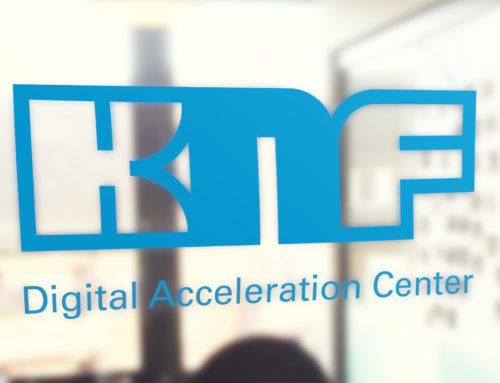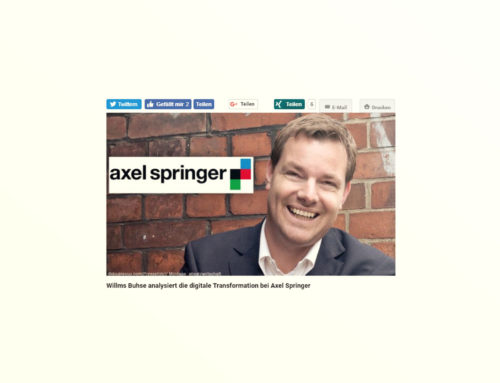Post-Corona development of organizations: OKRs offer security in uncertain times
If we were to conduct a survey among German managers and ask them whether the tech companies are doing a lot better than our domestic companies, most would probably agree. However, when asked what exactly they do better, the consensus would quickly evaporate.
The strategic advantage that some companies in Silicon Valley often have can be attributed to management skills. So it’s not just technical understanding. It also means consistent agile management of companies. And that can be condensed into three letters: OKR. In other words, the use of Objectives and Key Results.
Google as a pioneer of OKRs
With the help of this method, Sergey Brin and Larry Page, for example, succeeded in turning a garage company into Google and later Alphabet. Even today, the tech giant works strictly according to the OKR framework.
OKRs were introduced to Google by John Doerr, partner in the venture capital company Kleiner Perkins Caufield & Byers. He had learned the methodology in the 1970s from Intel manager Andy Grove. In a legendary TED talk, Doerr explains the simple idea of Grove:
“The key result has to be measurable. But at the end you can look, and without any arguments: Did I do that or did I not do it? Yes? No? Yes? No? Simple. No judgments in it.
Up to this point, many German board members have probably already considered the matter. Including the organizational development that OKRs should still be supported by as much agile work as possible.
The ambivalent relationship of managers and agility
But that is easier said than done. In the following paragraphs we will look at the challenges of agile working and the strategic benefits of using Objectives and Key Results (OKRs) effectively. However, from the experience of the past ten years, I must confess that I don’t know of any manager who wouldn’t claim to be agile. However, in the end, it is management that is the main reason why companies fail to be agile.
Experience has shown that too few managers use agile methods themselves to control their organization, even though such an application would be the very purpose of the method.
In fact, the corresponding mindset is still often limited to technical teams with agile methods such as SCRUM or Kanban. One reason could be that many of these methods come from software development and Silicon Valley.
In many companies, on the other hand, management only sets up a few agile teams – and that’s it. This way, you don’t gain most of the advantages, but you do catch all the disadvantages of agile working, such as resource overhead, coordination problems and a few more. However, if the work in still rigid structures is only supposed to be agile, the method cannot even begin to exploit its full potential. Sometimes this causes bigger problems than if everything had stayed the same.
A fascinating effect, however, is that most managers are actually convinced that they are already highly agile. Our experience shows that there is only an overlap of about 30 percent between the question “I like agile methods and want to implement them” and the fact as to whether people actually work with agile methods. The self-perception and the image of others could hardly be more different in this area.
OKRs as bridge builders
However, these are not entirely new findings. This is why leadership research collects its data on the leadership of individual managers not on how a manager himself evaluates his leadership skills, but on how employees perceive them in their everyday lives.
Managers know this, too, and that is precisely why we keep hearing two questions:
- How do you avoid the trap of perceiving yourself as agile, but the practice is different?
- I already know where I’m going. Only: How do I set up my organization so that every employee knows where he or she wants to go?
Our answer to these two questions is not much newer than the agile methods themselves: A stringent and smart introduction of Objectives and Key Results (OKRs).
First of all, this mindset fundamentally helps to find and name the right goals for the right reasons – e.g. after the Golden Circle. We first have to find a credible and honest Why.
Only then do the lenses provide us with the what and the key results with the how. The objectives are always significant, concrete, action-oriented and inspiring. John Doerr even describes it as something like a “vaccination against blurred thinking”.
Key results on the other hand are always specific and time-bound. They are aggressive but realistic and they are measurable and verifiable.
OKRs pave the way to strategically position the entire organisation and develop it in a coordinated way with constant feedback loops. With their help, it is then possible to make the control system agile and thus develop adaptable routines.
In short: OKRs give you something like security in the uncertain times, predictability and controllability in the post-corona world.
Sounds impossible? Discuss it with us.






